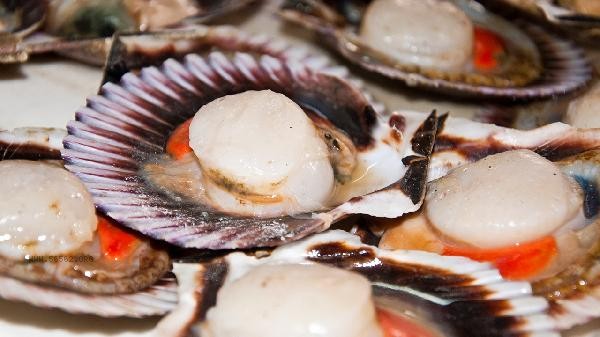Patients with high uric acid levels should strictly limit their intake of high purine foods, mainly including animal organs, seafood, thick meat soup, alcohol, and high fructose beverages.
1. Animal organs:

Pig liver, chicken gizzard and other animal organs with purine content exceeding 300 milligrams per 100 grams directly increase blood uric acid levels after metabolism. During the acute gout attack period, it should be completely prohibited, and during the remission period, it should be consumed no more than once a month, with each consumption controlled within 50 grams. Similar high purine ingredients also include organ foods such as brain and kidney.
2. Seafood products:
Purine values of deep-sea fish such as sardine and anchovies reach 200-400 mg/100g. Shellfish such as scallops and oysters are also high-risk foods. In comparison, low purine seafood such as salmon and sea cucumber can be consumed in small quantities as appropriate, but the single intake should not exceed 80 grams.
3. Thick meat soup:

Bone soup and hot pot soup made by long-term boiling contain a large amount of soluble purine substances, with a purine concentration of 150-200 milligrams per 100 milliliters. Suggest using mushroom and vegetable broth instead. Blanching meat before cooking can reduce purine content by 40%.
4. Alcoholic beverages:
Beer contains both purines and ethanol, which can inhibit uric acid excretion. Although distilled spirits such as Baijiu and yellow rice wine are low in purine, the lactic acid produced by alcohol metabolism will competitively block the excretion of uric acid. Gout patients should strictly quit drinking, and during the remission period, they should not drink more than 100 milliliters of alcohol per week.
5. High fructose foods:
Sugar carbonated beverages, fruit juices, and other high fructose syrup containing beverages can accelerate purine synthesis. Honey, durian and other high fructose fruits also need to be controlled, and daily intake of added sugar should be less than 25 grams. Suggest choosing low sugar fruits such as strawberries, cherries, etc. as alternatives. People with high uric acid levels should drink 2000-3000 milliliters of water per day, and can drink alkaline drinks such as lemon water and soda water to promote uric acid dissolution. Appropriately increasing the intake of high-quality protein such as low-fat dairy products and eggs, and engaging in 30 minutes of aerobic exercise such as swimming and cycling daily can help improve metabolism. It is recommended to use steaming and stewing as cooking methods to avoid deep frying, frying, and baking. Regularly monitor blood uric acid levels, with a control target of less than 360 μ mol/L. For patients with gouty stones, the level should be reduced to below 300 μ mol/L. If acute symptoms such as joint redness, swelling, heat, and pain occur, seek medical attention promptly for uric acid lowering treatment.









Comments (0)
Leave a Comment
No comments yet
Be the first to share your thoughts!